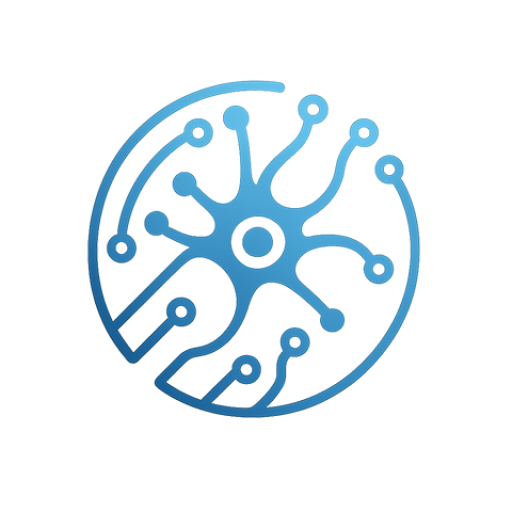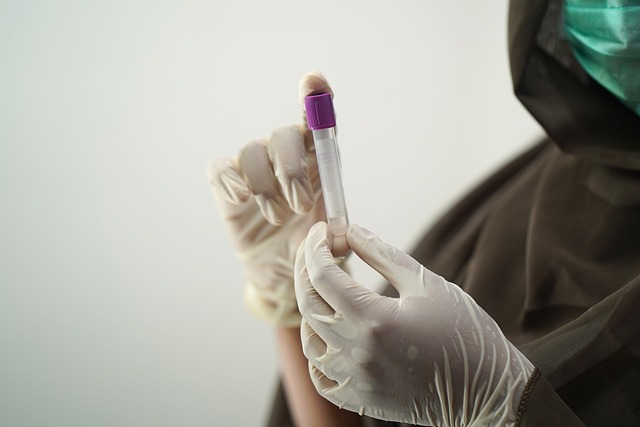The advent of advanced technologies has marked a turning point in various sectors, and none is more impactful than in healthcare. The integration of a robot supply system is revolutionizing how medical facilities operate, touching both the efficiency of service delivery and the quality of patient care. As we delve into this fascinating evolution, it becomes evident that technological innovations are not just enhancing logistical operations; they are also shaping a new era of health innovations.
Imagine walking into a hospital where a robotic system seamlessly delivers medication, supplies, and even essential equipment to the appropriate wings. These robot supply systems optimize pathways, ensuring that time-sensitive deliveries are executed with precision. Hospitals are reducing human error and increasing efficiency with these intelligent solutions. Routing data informs robots about the best paths to navigate through crowded hallways, ensuring that staff can focus more on patient interaction than on menial tasks.
The emotional weight of healthcare cannot be underestimated. Patients often find themselves in vulnerable situations, relying on timely interventions and care. The incorporation of robotic systems not only eases the strain on healthcare workers but enriches the overall patient experience. By freeing up medical staff from non-critical duties, healthcare professionals can devote more time to patient care, fostering a supportive and empathetic environment.
Furthermore, this shift toward automation is not only about efficiency but also about data. With constant monitoring and integration of data analytics, robot supply systems can learn and adapt, potentially predicting supply needs before they become critical. For instance, as a patient’s needs change during treatment, these systems can automatically adjust deliveries, ensuring that necessary supplies are always within reach. This level of responsiveness enhances patient safety and promotes better health outcomes.
The transition to a technologically advanced healthcare system also speaks to a larger trend in our society—the embrace of innovation. As populations grow and demand for healthcare increases, efficiency will become paramount. Robotics in healthcare is not simply a dream of the future; it’s happening now, shaping the way facilities manage resources. From streamlined pharmacy systems to automated inventory management, each advancement leads to a ripple effect of improvements throughout the healthcare continuum.
Moreover, the collaboration between developers and healthcare professionals has paved the way for solutions that are tailored specifically to the needs of those on the front lines. Hospitals, recognizing the potential of robot supply systems, are more willing than ever to invest in sustainable technology that enhances service delivery. This partnership between innovation and practical application is crucial for shaping a more responsive healthcare environment.
As we explore the implications of these advancements, one thing is clear: the future of healthcare lies in a harmonious blend of human touch and robotic efficiency. As technologies evolve, so too will the landscape of patient care, ultimately leading to innovations that drive meaningful change. Those invested in healthcare must not only adapt to these technological shifts but also envision a model where human and machine work hand in hand for a common goal: improved health for all.




